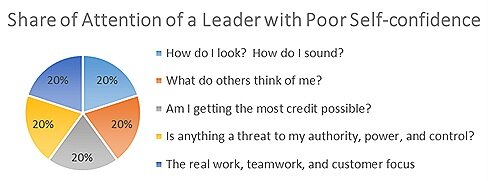Poor Leadership
“Some people come into your life as blessings. Some come into your life as lessons.”
You have experienced poor leadership. It’s important that you can:
Attach the right terms to poor leadership
Navigate poor leadership
Mentors others about poor leadership
Leaders fail their followers more often than followers fail their leaders. This should not be a provocative statement. This should not be a surprise. Leadership is a difficult job. It’s much harder to be a competent leader than a competent follower. And leadership means different things to different people, our personal view of leadership changes over time, and society’s expectation of leadership changes over time. It’s important to be able to diagnose poor leadership and distinguish it from good leadership.
Many people in power have good intentions. They act in good faith. They simply execute a poor methodology. Some people in power act in bad faith. They are false leaders.
Strong, monopolizing opinions are not equivalent to good leadership. Command and Control, relentless, “bang-the-table” leadership worked a century ago, and it works for misbehaving eight-year-olds - neither of which apply to you here in the new Roaring Twenties. Some People in Power have two primary tools in their toolkit: bossiness and the word “hurry.”
You should even beware of someone you would characterize a “climber.” Climbers are focused on their relationships up the organizational hierarchy, not on raising the value and performance of others. It’s counterintuitive, but Climbers are followers more often than you think.
People in Power who have poor self-esteem have a disadvantage. They are a disadvantage. These individuals spend a significant amount of energy thinking about themselves. Where is their attention? This pie chart proposes one answer.
But leadership is not about the self. Your leadership is not about you. Your leadership is about you raising the value of others.
Patrick Lencioni proposes that there are currently two kinds of leadership: rewards-based leadership and responsibility-oriented leadership. The term servant leadership might be overused, but catch it while you can, because the term might soon disappear. If Patrick is correct, it will soon be the only kind of leadership.
The Elegance methodology proposes the three metaphors to overcome poor leadership: the factory, the Asset Portfolio, and the Performing Arts. My upcoming book lays out detail for these metaphors.
The world does not have followership problems. The world has leadership problems. Poor leadership … know it, navigate it, with Elegance.



